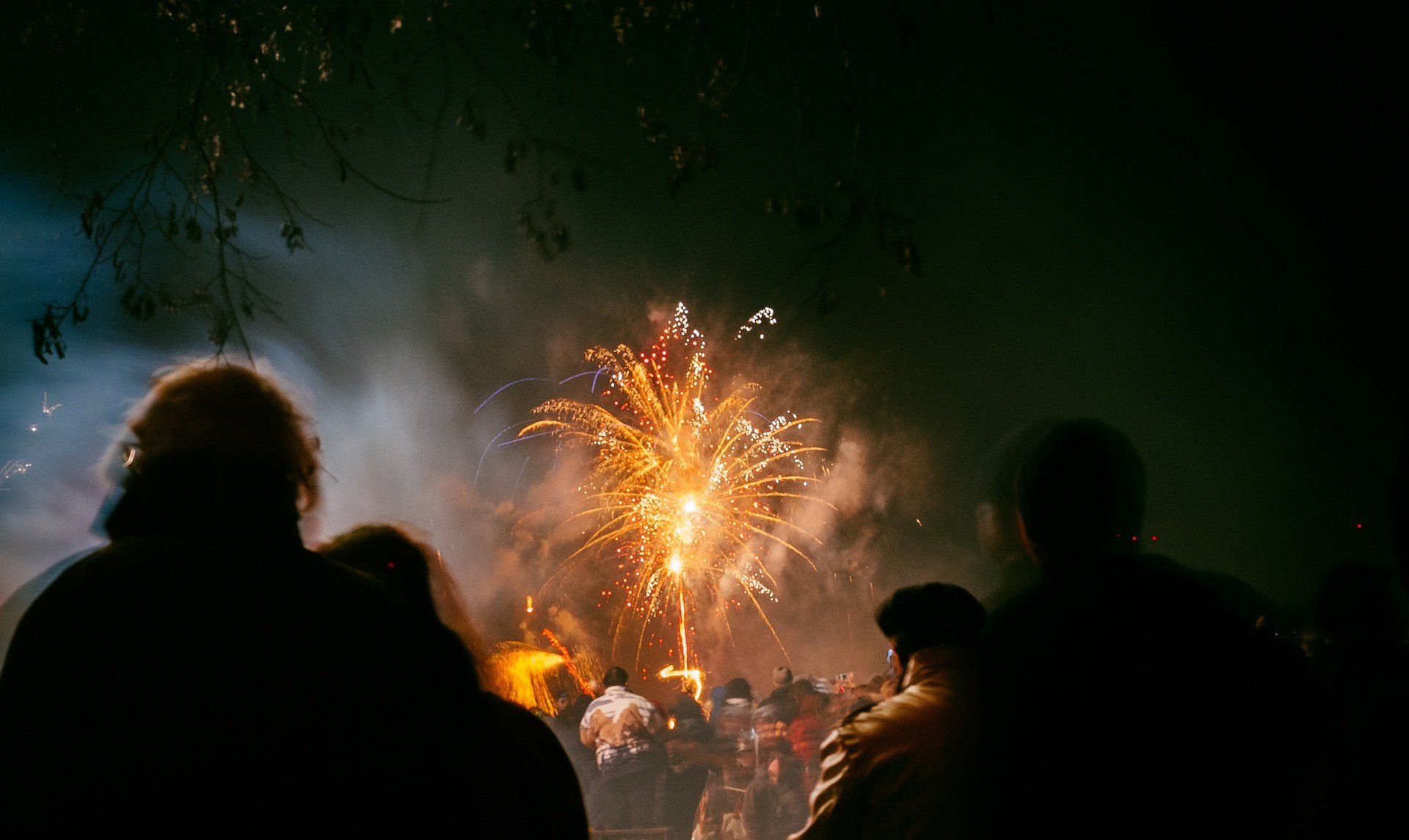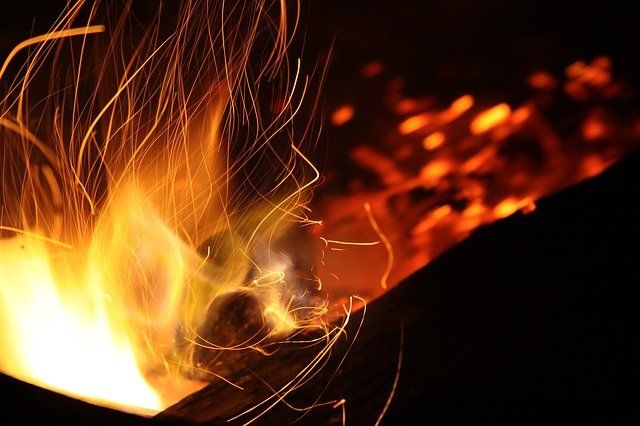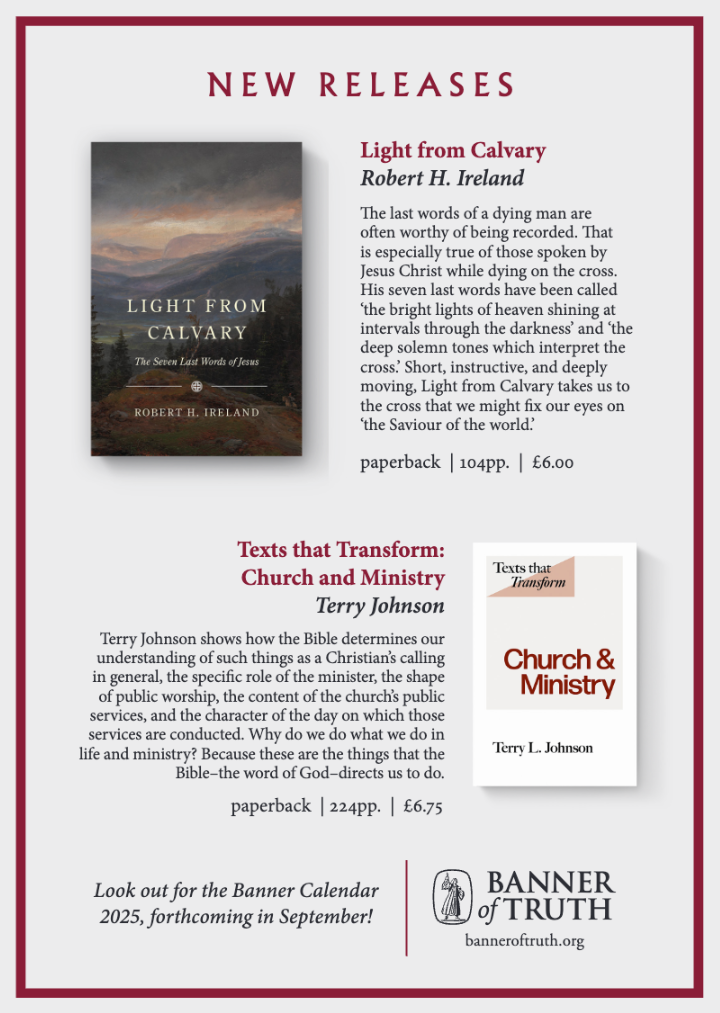
A generation that does not know the Lord
The 5 November celebration in Lewes, East Sussex, has been a Big Bang for generations. Evidence points to it having begun shortly after the Gunpowder Plot in 1605.
Over the years it grew into the biggest 5 November celebration on earth. This is not surprising for Lewes, aged and grey before nearby Brighton was born, was a former bastion of Protestantism, in which there is still an Orange Lodge. Things went a little deeper here than the Guy Fawkes bonfires burned in backyards and on village greens, for Lewes also remembered the seventeen martyrs burned to death there during the sixteenth-century Marian persecution.
Elaborate carnival
Today, thousands flock to the Big Bang, which is a contrast to the handful who attend the real remembrance at the ‘Bonfire Service’ in the local Jireh Chapel, on the Sunday preceding the fifth. Why do the thousands come? They come for a jamboree, which savours more of the pagan Hallowe’en than anything Christian. As far back as 1679 the Lewes celebration had already become an elaborate carnival with people dressed in clerical and military costume burning caricatures of Guy Fawkes and the pope in the streets. A hundred years later, the notorious ‘Lewes Rouser’, a kind of firework-incendiary bomb, was being thrown around indiscriminately, and blazing tar barrels were being dragged through the streets. The whole affair seems to have deteriorated into a platform for every malcontent in Sussex to express his views on a multitude of grievances completely unconnected with the Gunpowder Plot. Worse, it gradually became a stamping ground for mindless hooligans in search of a punch-up.
Riot in the name of liberty
The authorities cracked down, and stiff penalties were imposed on any rioter the police managed to arrest. The ‘Bonfire Boys’, as they now called themselves, fought back, and in 1841, there was a flare-up in which the local constables were given a working over, and twenty of the ‘Boys’ ended up in jail. The deterrent was short-lived, for in 1846 a number of extremists made an attempt to ‘tar-barrel’ (set fire to) Magistrate Blackman’s house. It is thought that on that night of uproar, over thirty tar barrels were ignited, enough to raze the town if a determined arsonist had placed them. Whatever the original meaning of the celebration, ‘riot’ now roamed the street disguised as ‘liberty’.

The next year the Earl of Chichester read the Riot Act from the steps of the County Hall, supported by a strong contingent of Metropolitan Police drafted in from London. This broke up the anarchy on the night, but was no defence against the so-called ‘liberty’, which had taken up arms on the streets of Lewes. The ‘Boys’ responded by parading the streets on every evening for several weeks, armed with tar barrels and fireworks and, for good measure, wrecked the office of the Sussex Advertiser.
‘No go’ area
The authorities compromised, and agreed to hand over the custody of the town, on Bonfire Night, to the ‘Bonfire Boys’ themselves. As late as 1850, when a gigantic fire was lit outside the Town Hall, the police had instructions to keep out of the way. So the county town of East Sussex, where lie the remains of Gundrada, daughter of William the Conqueror, and her husband William de Warenne, where also Simon de Montfort defeated Henry III, and went on to lay down the principles of democratic government, was now a police no-go area for one night of the year!
Strangely enough, the policy appears to have worked, for the celebration became more organised. During 1853 the Cliffe and Lewes Borough Bonfire Societies were formed, followed in the ensuing years by others. The bonfire sites were also moved to the outskirts of the town. After World War I, the effigies of other ‘baddies’, such as Kaiser Bill, Hitler and Mussolini, not to mention anyone else the ‘Boys’ did not like, began to share the fate of Guy Fawkes and the pope. As time went by, the local authority questioned the political correctness of burning the pope. All the societies agreed except Cliffe, who refused to drop the original custom. The Ministry of Defence reacted by withdrawing the military bands.
Forgotten martyrs
Today there are seven independent bonfire societies, each with its own tradition, but all belonging to a co-ordinating Bonfire Council. The blazing barrel is still thrown into the River Ouse. Each society has its own site and illuminated set-piece, often depicting some topical event, the original event having been put on one side. The whole thing is now a conglomeration of Red Indians, Cowboys, Zulus, Vikings, Scottish Clansmen, Cadets, Scouts, multi-coloured costumed members, smugglers, and anyone else who wants to get in on the act before it passes them by.
The last time I went, Cliffe alone had seven blazing barrels and five bands. Lost in the razzmatazz was a small group of Christians with a banner in memory of the Sussex Martyrs. Probably they were the only folk there who had taken a true step back in time, the only ones Richard Woodman and his fellow Lewes martyrs would recognise.
Neither the Sussex Martyrs nor the foiling of Guy Fawkes’ attempt to destroy Parliament are honoured by ‘celebrations’ such as these. Why does the anniversary of a great national deliverance call to mind so little of that deliverance? Simple: ‘All that generation were gathered unto their fathers: and there arose another generation after them which knew not the Lord, nor yet the works which he had done for Israel’.







